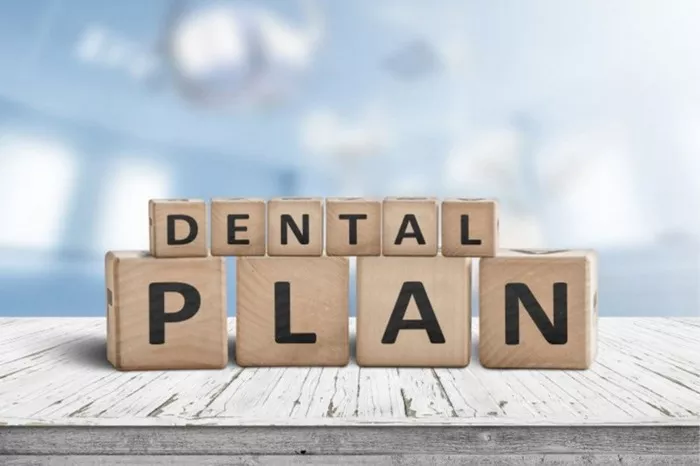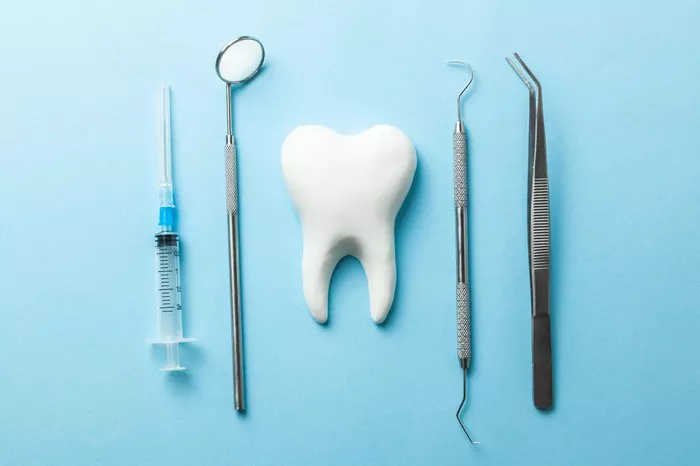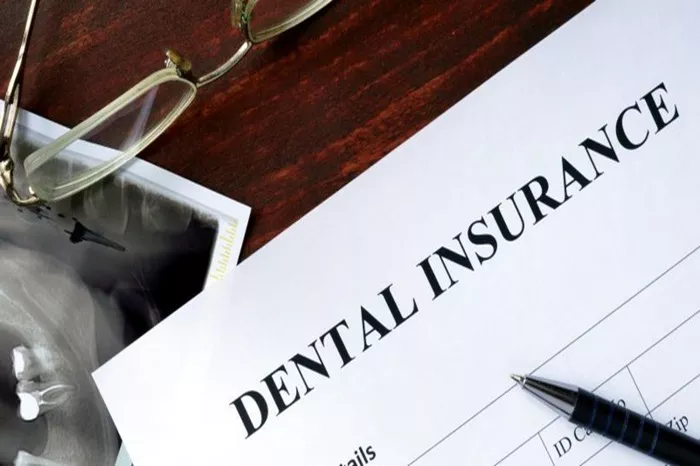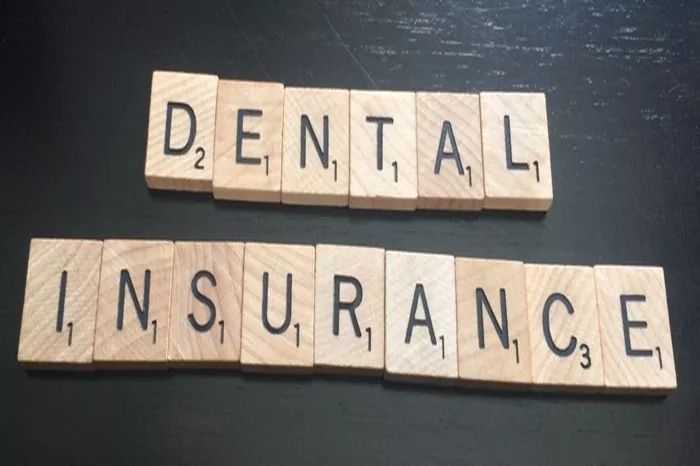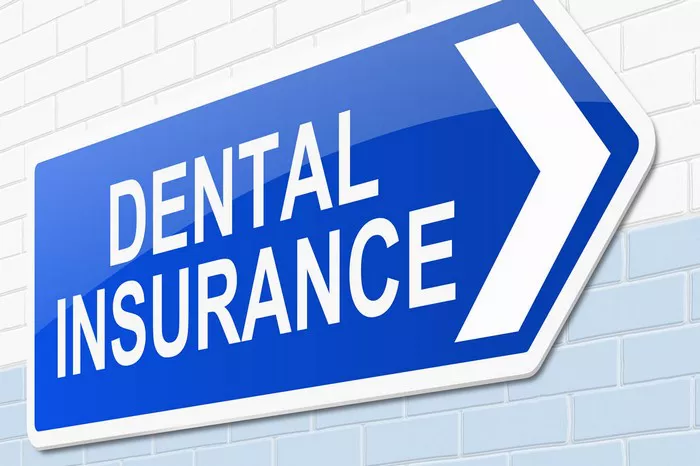Dental insurance is a type of health insurance designed to pay a portion of the costs associated with dental care. While it shares similarities with general health insurance, including the basic premise of covering medical expenses in exchange for regular premium payments, dental insurance is distinct in its structure, coverage, and limitations.
Dental insurance focuses specifically on dental health and usually provides coverage for routine check-ups, preventive care, and certain dental procedures. This specialization allows for more tailored plans that address the unique needs of dental health, including treatments that are not typically covered by standard health insurance policies. Unlike health insurance, dental insurance often emphasizes preventive care, encouraging regular visits to the dentist to prevent more serious and costly issues down the line.
Premiums and Coverage
Premiums for dental insurance are the regular payments policyholders make to keep their insurance active. These can be paid monthly, quarterly, or annually, depending on the plan and provider. The cost of premiums varies based on several factors, including the level of coverage, the type of plan, and whether the insurance is purchased individually or through an employer.
When dental insurance is provided through an employer, premiums may be deducted directly from the employee’s paycheck, often on a pre-tax basis. This arrangement can reduce the overall cost of insurance because the premiums are paid with pre-tax dollars, effectively lowering taxable income.
Coverage under dental insurance typically includes a range of services categorized into three main groups: preventive, basic, and major services. Preventive services usually include routine exams, cleanings, and x-rays and are often covered at 100% because they help prevent more costly treatments in the future. Basic services might include fillings, extractions, and periodontal treatment, often covered at 70-80%. Major services, such as crowns, bridges, and dentures, are usually covered at 50% or less. Each plan will specify the exact percentage of coverage for each type of service.
Deductibles, Copayments, and Coinsurance
Out-of-pocket costs in dental insurance come in the form of deductibles, copayments, and coinsurance. Understanding these costs is crucial for policyholders to anticipate their expenses when seeking dental care.
Deductibles are the amount a policyholder must pay out-of-pocket before the insurance company begins to pay for covered services. For example, if a plan has a $50 deductible, the policyholder pays the first $50 of dental expenses. Once this deductible is met, the insurance company will cover its share of the costs according to the policy terms.
Copayments (or copays) are fixed amounts the policyholder pays for specific services at the time of the visit. For instance, a plan might require a $20 copayment for a routine check-up. This fee is paid directly to the dentist at the time of the service.
Coinsurance is a percentage of the cost of a covered service that the policyholder must pay after the deductible has been met. For example, if a plan covers 80% of the cost of a filling, the policyholder will pay the remaining 20%. If the filling costs $100, the insurance company pays $80, and the policyholder pays $20.
These out-of-pocket costs can vary widely depending on the plan, and understanding them is essential for managing dental expenses effectively.
see also: Comprehensive Health Insurance : All You Need To Know
Provider Networks
Many dental insurance plans operate within a network of providers. These networks are groups of dentists who have agreed to provide services to policyholders at reduced rates. Using in-network providers generally results in lower out-of-pocket costs for the policyholder.
If a policyholder chooses to see a dentist outside the network, they may face higher costs, as out-of-network providers do not have the same negotiated rates. Some plans, such as Preferred Provider Organizations (PPOs), offer more flexibility in choosing out-of-network dentists, but at a higher cost. Other plans, like Health Maintenance Organizations (HMOs), may require policyholders to stay within the network for all covered services, significantly limiting their choices.
Annual Maximums
One significant limitation of dental insurance is the annual maximum, which is the maximum amount the insurance company will pay for covered services in a given year. Once this limit is reached, the policyholder is responsible for any additional costs.
Annual maximums typically range from $1,000 to $2,000. For example, if a policy has a $1,500 annual maximum and the policyholder incurs $1,500 in covered expenses, any additional dental costs for the rest of the year must be paid out-of-pocket. This cap can be a critical consideration, especially for those anticipating the need for extensive dental work.
Types of Covered Services
Dental insurance plans generally categorize covered services into three types: preventive, basic, and major services.
Preventive Services are designed to maintain oral health and prevent the onset of dental problems. These typically include routine check-ups, cleanings, fluoride treatments, and x-rays. Most plans cover preventive services at 100%, encouraging regular dental visits to prevent more severe and costly issues in the future.
Basic Services encompass treatments for minor dental issues. This category includes fillings, simple extractions, and periodontal therapy. Coverage for basic services usually ranges from 70% to 80%, meaning the policyholder will pay the remaining 20% to 30%.
Major Services are more complex and costly treatments. They include procedures like crowns, bridges, dentures, and root canals. Coverage for major services is typically lower, around 50%, and some plans may have waiting periods before these services are covered.
Understanding the extent of coverage for each category is essential for policyholders to anticipate their potential out-of-pocket costs and plan accordingly.
Choosing the Right Plan
Selecting the right dental insurance plan involves assessing individual needs and budget. Here are some key considerations:
Coverage Needs: Evaluate the types of services you are likely to need. If you expect to require significant dental work, a plan with a higher annual maximum and better coverage for major services may be beneficial.
Cost: Consider the premiums, deductibles, copayments, and coinsurance. Calculate the total out-of-pocket costs you might incur, including potential expenses for using out-of-network providers.
Network Restrictions: Determine if the plan requires you to use in-network dentists and assess the availability and reputation of these providers. If you have a preferred dentist, check if they are part of the plan’s network.
Waiting Periods: Some plans have waiting periods for major services, which means you may not be covered for these treatments immediately. If you need immediate dental care, look for a plan with shorter or no waiting periods.
Employer-Sponsored vs. Individual Plans: Employer-sponsored plans often offer better rates and coverage options. If your employer provides dental insurance, compare it with individual plans to see which offers the best value.
Plan Types: Understand the different types of plans available, such as PPOs, HMOs, and Indemnity plans. PPOs offer more flexibility in choosing providers but may have higher costs, while HMOs are more restrictive but can be more affordable.
see also: How does self insured Health Insurance work?
Process of Using Dental Insurance
Using dental insurance involves several steps, from selecting a dentist to understanding the billing process. Here’s a typical workflow:
Finding a Dentist: Start by choosing a dentist within your plan’s network to minimize out-of-pocket costs. You can usually find a list of in-network providers on your insurance company’s website.
Scheduling an Appointment: When scheduling your appointment, inform the dental office that you have dental insurance and provide your insurance details. This allows them to verify your coverage and understand the extent of services covered.
Receiving Treatment: During your visit, the dentist will provide the necessary services. If you are receiving basic or major services, they may submit a pre-treatment estimate to your insurance company to determine what will be covered and what your out-of-pocket costs will be.
Billing and Claims: After the treatment, the dental office will file a claim with your insurance company. This claim will include details of the services provided and their costs. The insurance company will process the claim and pay their portion directly to the dental office.
Paying Your Share: Once the insurance company has paid its share, you will receive a bill for any remaining balance, which includes your deductible, copayment, and coinsurance. Review the Explanation of Benefits (EOB) provided by your insurance company to ensure the billing is accurate.
Appealing Denied Claims: If a claim is denied, you have the right to appeal the decision. Contact your insurance company to understand the reason for the denial and follow their appeal process. Your dentist’s office can often assist with providing additional information or resubmitting the claim.
By understanding these steps and how your dental insurance works, you can navigate the process more effectively and minimize your out-of-pocket costs.
Conclusion
Dental insurance plays a crucial role in maintaining oral health by making dental care more affordable and encouraging preventive measures. Understanding the intricacies of dental insurance, including premiums, coverage, out-of-pocket costs, provider networks, annual maximums, and types of covered services, is essential for making informed decisions. When choosing a dental insurance plan, consider your specific needs and budget, and be proactive in understanding the process of using your insurance to ensure you receive the maximum benefit from your coverage. With th
FAQs about Dental and General Insurance
1. How Much Does Most Dental Insurance Cover?
Most dental insurance plans cover a significant portion of basic dental care costs, but coverage can vary widely. Typically:
- Preventive Care: Often covered at 100%, including routine check-ups, cleanings, and x-rays.
- Basic Procedures: Generally covered at 70-80%, including fillings, extractions, and periodontal treatments.
- Major Procedures: Typically covered at 50%, including crowns, bridges, dentures, and sometimes root canals.
Dental insurance plans often have an annual maximum benefit, usually ranging from $1,000 to $2,000. Once this limit is reached, any additional dental expenses must be paid out of pocket.
2. How Does Dental Insurance Work in America?
In America, dental insurance works similarly to health insurance but focuses specifically on dental care. Here’s a breakdown of how it typically works:
Premiums: You pay a monthly premium to maintain coverage.
Deductible: Some plans require you to pay a certain amount out of pocket before coverage begins.
Coverage Levels: Dental plans usually categorize treatments into preventive, basic, and major services, each with different coverage percentages.
Annual Maximum: There is an annual cap on the amount the insurance will pay for dental services.
Networks: Insurance companies have networks of preferred dental providers. Visiting an in-network dentist usually means lower out-of-pocket costs.
3. How Much Is Dental Insurance in the Philippines?
The cost of dental insurance in the Philippines varies depending on the provider, coverage level, and plan type. On average, premiums can range from PHP 1,500 to PHP 10,000 per year. Basic plans may cover preventive care and routine procedures, while more comprehensive plans include coverage for major dental work. It’s advisable to compare different providers and plans to find one that fits your needs and budget.
4. What Are the Top 3 Types of Insurance?
The top three types of insurance that are commonly considered essential are:
Health Insurance: Covers medical expenses for illnesses, injuries, and preventive care. It’s crucial for protecting against high healthcare costs and ensuring access to necessary medical treatments.
Auto Insurance: Mandatory in most places, it covers costs associated with car accidents, including vehicle damage, liability for bodily injury, and property damage. Auto insurance provides financial protection for drivers.
Homeowners/Renters Insurance: Homeowners insurance protects against damage to your home and personal property due to incidents like fire, theft, and natural disasters. Renters insurance covers personal property and liability for those who rent their homes. Both types offer essential protection for your living situation and belongings.
You Might Be Interested In


